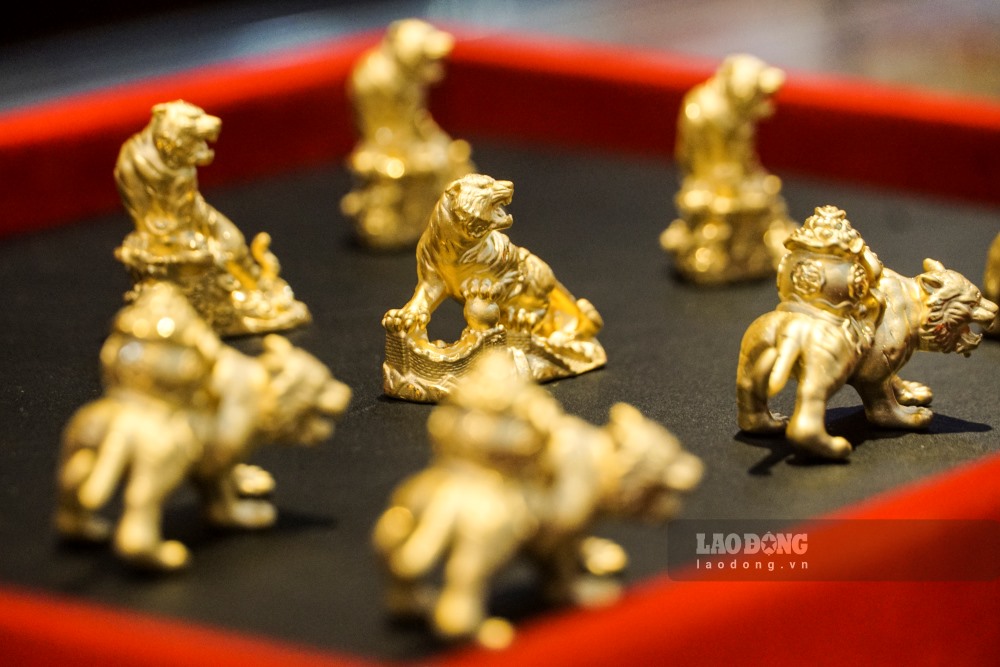The strong demand for platinum and silver in recent times has shown the vulnerability of the global supply chain. Although the gold market has not seen a similar disruption, the precious metal is unlikely to avoid volatility, according to an investment bank.
In the latest report, commodity analysts from Societe Generale said they are closely monitoring central bank demand for gold, as they believe that the current buying momentum could lead to a short squeeze similar to what happened with silver and platinum.
In the past three years, central banks around the world have increased their gold reserves by about 1,000 tons per year. Although demand is expected to decrease slightly this year, the World Gold Council still predicts that holdings may increase by 950 tons, much higher than the long-term average.

society Generale issued an early warning that this material demand for gold could put additional pressure on a market dominated by paper gold. Analysts say that just 1% of reserve assets are converted to gold, which is enough to create a "gold fever".
They also said that China will continue to play a leading role in the gold market.
Instead of previously assuming that central banks sell US assets and shift a small part to gold, we should giafy that they reallocate an additional 1% of their total reserves to gold and not sell foreign assets, then China alone will need 276 tons. In addition to the total demand of relevant countries, the figure will reach 762 tons.
If we divide these 762 tons equally over three years, it will be 64 tons per quarter, which is close to what we expect when giafying that foreign investors reduce their holdings of US assets, which are the core element of our gold forecast model."
SocGen's latest comments come as demand for gold from the public continues to attract great attention from the market. Experts say that the massive purchase of gold by central banks has contributed to pushing up market value, creating new support levels after each price breaks out.

At the same time, the US's prolonged trade war has also made many countries want to reduce their dependence on the US dollar and seek assets that are not risky from third parties or geopolitical risks.
Although demand remains strong, the World Gold Council believes that 66% of central bank gold purchases in the third quarter were not reported. Because buying activities are often not transparent, analysts have to rely on multiple data sources to make estimates.
SocGen is tracking gold demand with UK trade data. Date released on November 13, including September's activities, showed exports increased by 55.4 tons - 15 tons lower than the same period in 2023 and 70 tons lower than the seasonal average.
As prices fell in the second half of October, this was a better buying opportunity for central banks, so we expect export activity to increase (and gold at the LBMA decrease) last month. On average, about 140 tons of gold are exported from the UK to other destinations in October. We will have to wait until December 12 to get this data," the analysts said.
SocGen also saw a slight decline in UK gold exports to China. HMRC data shows the UK exported 15 tonnes of gold to China in September, up from 10 tonnes in August. However, the average monthly price from 2022-2024 is 47 tons. The September figure was the lowest since 2022. Depending on the season, exports to China in October typically reached about 60 tons," the report said.
While China imported 10 tonnes of gold from the UK in September, it only reported a 1 ton increase in official reserves.
According to the Financial Times, SocGen estimates - based on trade data - that the total amount of Chinese gold purchased this year could reach 250 tons, accounting for more than a third of global gold demand from central banks.
See more news related to gold prices HERE...











